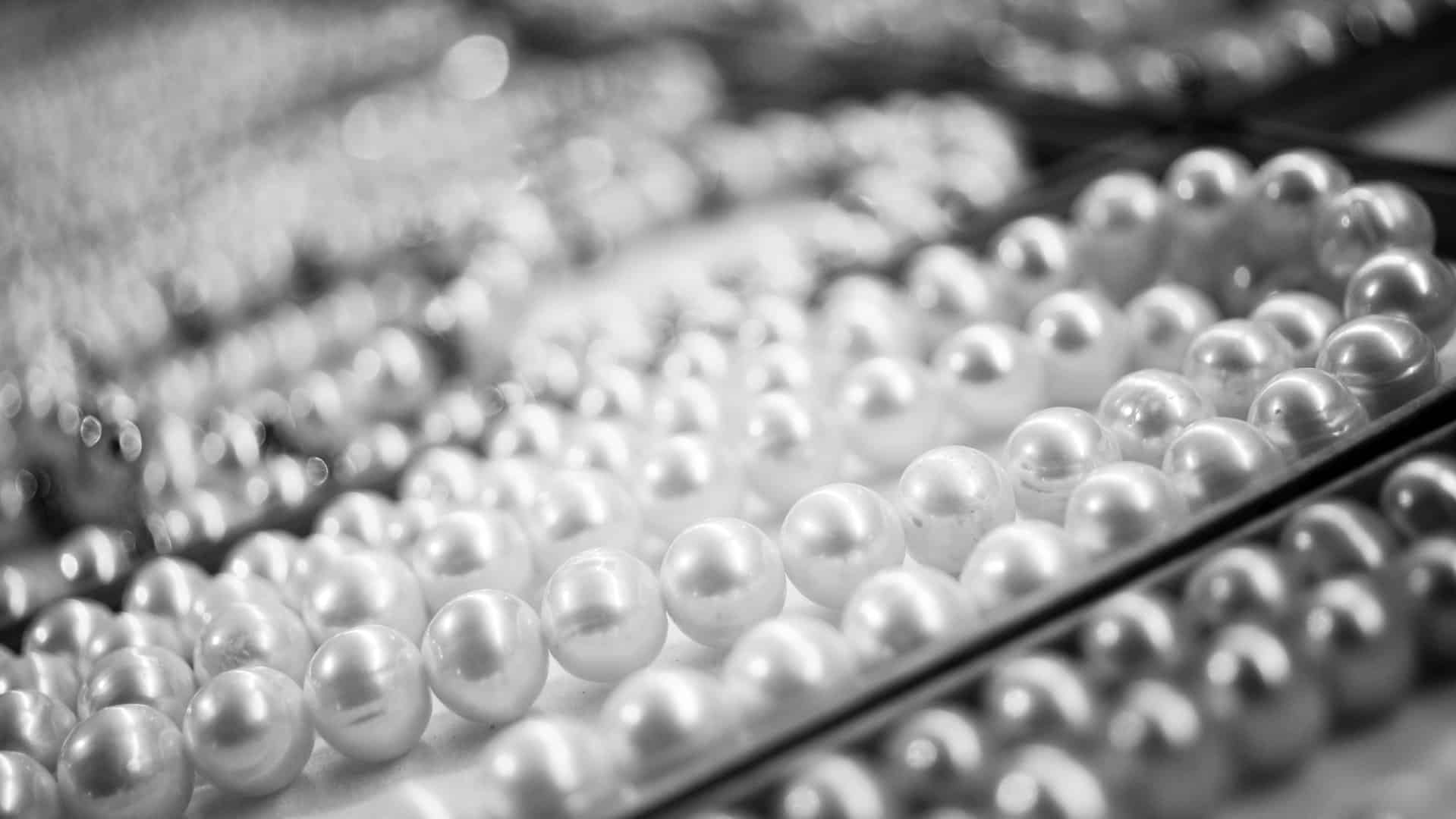History of Pearl Jewelry

Some experts consider pearls to be the oldest gems in the world, dating back over 4,000 years. Many historical and religious documents have referenced pearls in one form or another. With all of that in mind, you can see that pearls have played an essential part in the history of jewelry. Here is a look at the history of pearls.
Are you looking for pearl jewelry to add to your collection? At LaCkore Couture, we have an extensive line of rings, bracelets, earrings, and more!
Pearl Jewelry in Ancient History
If you want to start at the beginning, pearls were a prized possession of royalty back in China during ancient times. In 2300 B.C., the first mention of pearls was noted in ancient Chinese records. At that time, freshwater pearls were found in the province of King Hau on the River Kwai.
In addition to China, scribes also mentioned pearls in ancient Hindu manuscripts. The god Krishna is said to discover the first pearl. The ancient poem Ramayana also referenced pearls by describing stunning necklaces made with 27 of these gems.
Moving on to ancient Egypt, these people did not value the pearls themselves but were more fond of the mother of pearl shells. Those shells were used as decoration in temples, and artisans used them in jewelry. The Egyptians created beads consisting of crushed mother of pearl shells. Pearls did not become desired commodities until the 5th century B.C
Pearls began to gain notoriety during the Roman Empire. The Romans viewed pearls as a symbol of prestige and wealth, with many fit for the gods. For that reason, many statutes honoring the gods were adorned with pearls. Venus is considered the goddess of love, and artisans fitted her statue with a prominent and perfectly round pair of pearl earrings. People of power only wore pearls in the empire.
Related: How to Wear Jewelry Elegantly and Make Everyone Envious
Pearls are part of a story involving Cleopatra and Marc Anthony. As she was holding a banquet in his honor, Cleopatra wanted to consume one of the most expensive dishes in the world. Cleopatra dropped one of her pearl earrings in the sour wine. As a result, the pearl dissolved in the liquid. She drank the wine, creating one of the world’s most expensive drinks in the process.
In Greece and Persia, pearls were beloved gemstones. The Greeks were the first to associate pearls with love. For that reason, many pearls were a prominent part of wedding celebrations. In the Iliad, Homer described in detail the pearl earrings of Juno. At the Metropolitan Museum of New York, there is a Greek pearl necklace dating back over 2,300 years, and it has been displayed for about 100 years.
The Persian Gulf is home to many natural oyster beds. It is said to be the home of the largest and oldest beds in the world, which was the source of those pearls used in Ancient Greece. In the Koran, one of the greatest treasures in Paradise is a pearl. Also, pearls are depicted in many ancient Persian coins and scriptures. Explorers found one of the oldest pearl necklaces in the world in the tomb of an ancient queen, known as the Susa necklace. The necklace has been on display for over 100 years and features three rows of 72 pearls.
 Pearl Jewelry in Modern History
Pearl Jewelry in Modern History
Now that you know the history of pearls in the ancient world, look at the history of these gemstones in modern times. When Spanish explorers landed in North America, they saw many people wearing pearls in jewelry. According to a famous story, a Native American princess gifted freshwater pearls to the Spanish conquistador, Hernando de Soto. During this time, many lakes and rivers have large deposits of pearl beds. Explorers from Spain, England, and France would take these pearls and ship them back to their home countries. Queen Elizabeth I loved pearls. Many paintings with royalty show excessive amounts of pearls used for hair pieces, clothing adornments, and crowns. Of course, pearls were essential to any royal’s jewelry collection.
Related: How To Clean Beaded Jewelry: Clean Beads Easily
By the 1800s, settlers discovered pearls in the Upper Mississippi River, which then kicked off a treasure hunt that could have rivaled the California gold rush. Many mussels were killed, and the supply of pearls declined by the 19th century. Manufacturers used the mother of pearl shells to make buttons and pearl jewelry. Billions of mussels were processed into buttons until the mid-20th century. After the invention of plastic buttons, mussels eventually fell out of favor with button makers. At the height of the mussel button fad, there were over 60 button factories in the Mississippi River Valley. It was the most profitable inland fishery industry in the United States.
 The Age of Pearl Culturing
The Age of Pearl Culturing
By the early 1900s, Japanese researchers worked hard to find a process that could cultivate pearls to meet the growing demands for jewelry. The first successful person to farm pearls was Kokichi Mikimoto, who used a technique developed by marine biologist William Saville-Kent. Kokichi convinced buyers that these cultured pearls were more valuable than their natural counterparts. As a result, the age of pearl farming began in the world.
Related: A Beginner’s Guide to Stacking Your Jewelry
Over the past 50 years, pearls have been widely available to almost everyone. They are not only the exclusive properties of the ultra-rich or royalty. Today, you can find a wide range of pearls in rings, bracelets, earrings, and necklaces. These pieces are affordable and look great on everyone. Pearl pieces continue to be a classic and timeless element for any wardrobe.
Do you want to add pearl jewelry to bring a touch of elegance to your collection? At LaCkore Couture, we have a beautiful line of products to help you bring home the beauty of these stunning gemstones.






